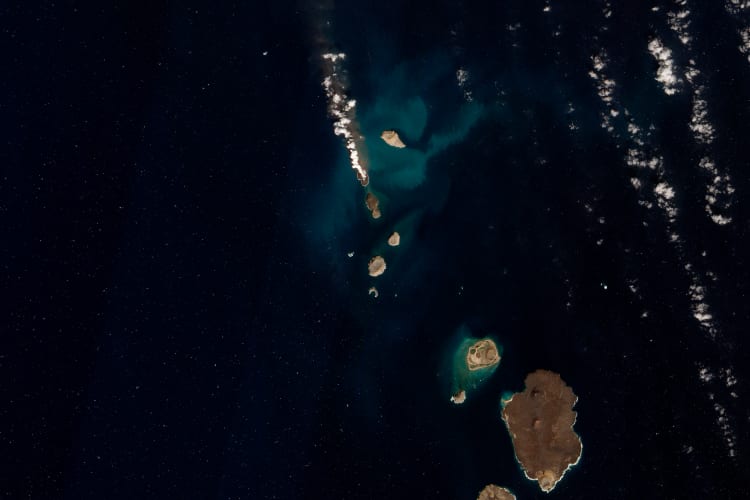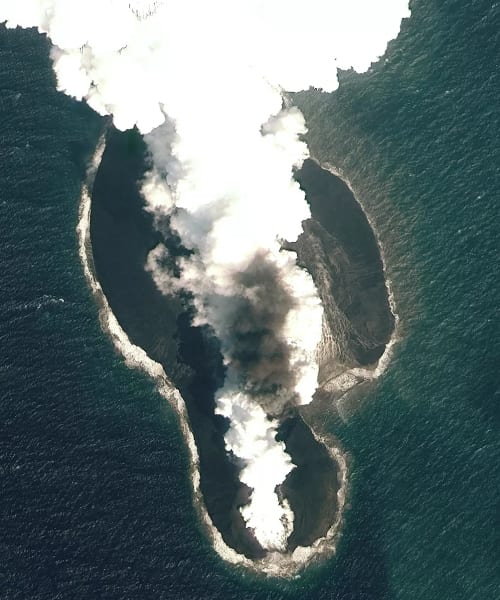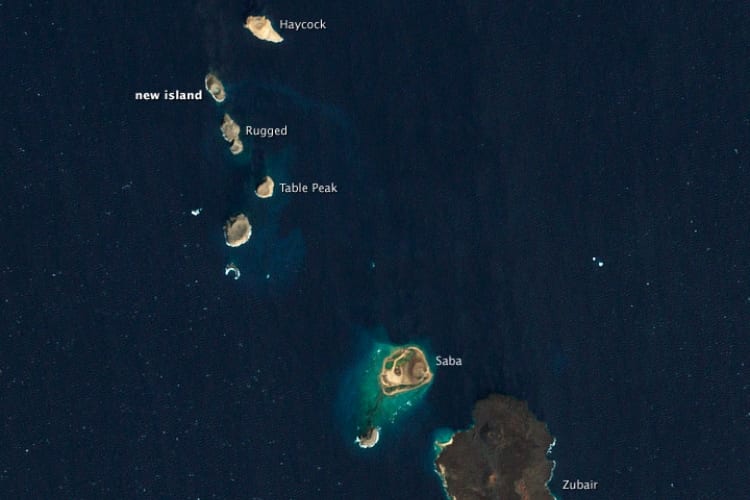
Earlier this year, two islands appeared in the Red Sea in just four days. Now, everyone can see them in their full glory thanks to beautiful photos. Meanwhile, scientists are happy to explain why this happened!
A Tear In The Crust

Sholan Island and Jadid, the two islands in question, may have only surfaced in four days, but they’ve been forming for many, many years! Sholan, the older of the two, first appeared on seismologists’ radar in 2011. Meanwhile, scientists first noted the emergence of Jadid in 2013. So, what causes these islands to rise up out of the seabed in just a few years? Well, the Red Sea sits above a crack in the Earth’s crust, where the African and Arabian tectonic plates meet. There, the plates are parting at a rate of about 0.4 inches annually. Usually, this only produces the lightest of earthquakes. However, during years of high volcanic activity can result in the creation of entire islands!
So, in 2011, when a volcanic eruption spewed lava fountains as high as 90 feet above sea level, some of that remained behind and created islands! As you can imagine, researchers Sigurjón Jónsson, Wenbin Xu, and Joël Ruch of King Abdullah University have been keeping an eye on the islands since they started forming. As of now, both islands are less than 0.6 miles in width, but the team has no idea how they will develop. “This new activity tells us the other branch in the Red Sea is still quite active. We will have to follow it in the years to come and see how it continues,” Jónsson said.
Birth Of The Islands

As stated, it’s not the first time that the region has experienced seismic activities and even volcanoes before. However, it seems that the problems are ramping up in recent years. Earthquakes have not only become more common but also more intense. The team hopes that the islands will tell them more about the crust and the reasons behind the rise in activity. Still, unfortunately, the team does not remain optimistic.
“We may not be over this period of heightened activity,” Jónsson said. “If you look at all these swarms, we think the area was undergoing a rifting episode for a period of several years or more.”
Thankfully, Jónsson and the rest of the team believe these issues are unlikely to start affecting humans. The Red Sea is much larger than it might look on a map. The location of these volcanic explosions sits many miles away from the coast, keeping towns and cities safe. Meanwhile, ships can easily avoid the islands by going around them, as they would any islands!
Sources: Live Science, MSN.
